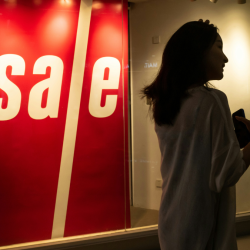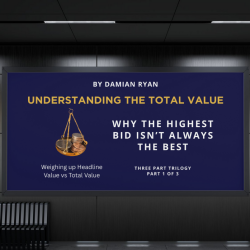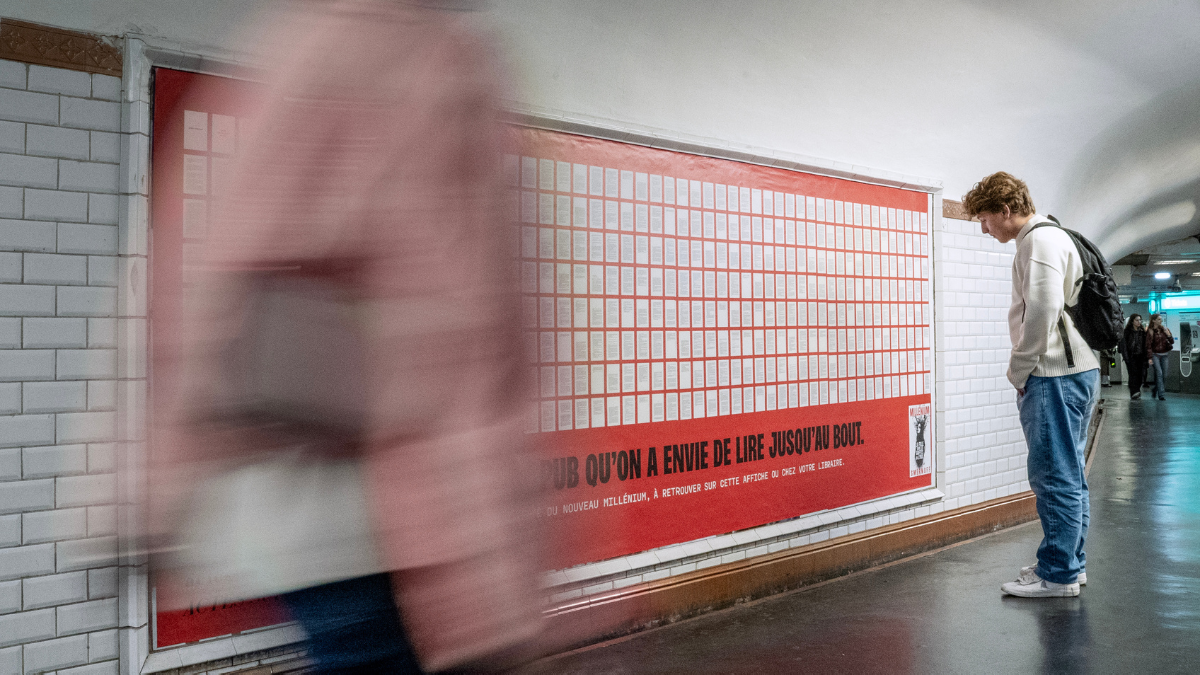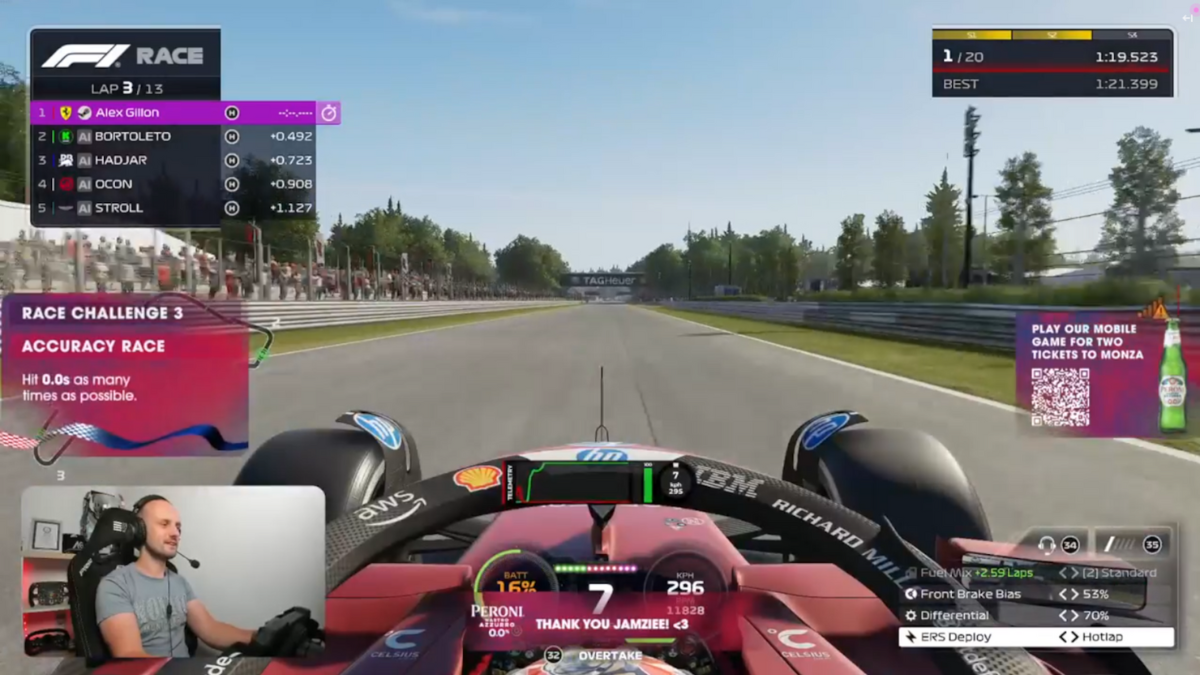To promote the French release of The Girl with Ice in Her Veins, Karin Smirnoff’s continuation of Stieg Larsson’s Millennium series, publisher Actes Sud and agency Change displayed the entire 397-page novel across the Paris metro.
The text appears in full — page numbers, chapters and all — distributed along corridors, escalators and station walls. ‘The first ad worth reading to the end,’ framed the effort as an inversion of standard advertising practice. Instead of compressing a message into seconds, the campaign expanded it into a longform experience.

The choice to publish the whole book in public space ties in with the themes of the Millennium universe, most famous for its first book The Girl With The Dragon Tattoo. But the tactic also reflects a broader trend of using full-content releases to capture attention in environments dominated by speed, noise and abbreviated messaging.
Several earlier campaigns reveal that this approach is not unprecedented. The most famous is Droga5’s ‘Decode Jay-Z with Bing’ (2011), which distributed every page of Jay-Z’s autobiography across 15 cities worldwide. Fans used Bing’s map and search tools to locate and assemble the text. The Grand Prix-winning campaign generated more than a billion media impressions and demonstrated that longform storytelling could drive substantial engagement.
Similarly, in 2017, historian Timothy Snyder’s On Tyranny, was reproduced chapter by chapter in a series of 20 posters pasted in an East London street. The New York Public Library’s ‘Insta Novels’ (2018), created by Mother, provides another comparison. By publishing full public-domain books such as Alice in Wonderland through Instagram Stories, the library temporarily turned a fast-scrolling medium into a digital reading environment.
These examples all demonstrate that full-content campaigns tend to be memorable when they work against audience expectations. Dense text signals seriousness and authenticity, encouraging slower, more attentive engagement.
The Actes Sud and Change campaign benefits from this dynamic. Metro advertising is typically built with the morning rush in mind, so the appearance of a novel-length text is immediately noticeable. It offers commuters the possibility of reading rather than scanning, and the physical scale of the installation reinforces the idea that the publisher is willing to give away the story rather than summarise it.
Whether this translates into measurable impact for the book is unclear, but the principle is consistent with previous longform experiments, offering generous content to stand out in a saturated attention economy.




















